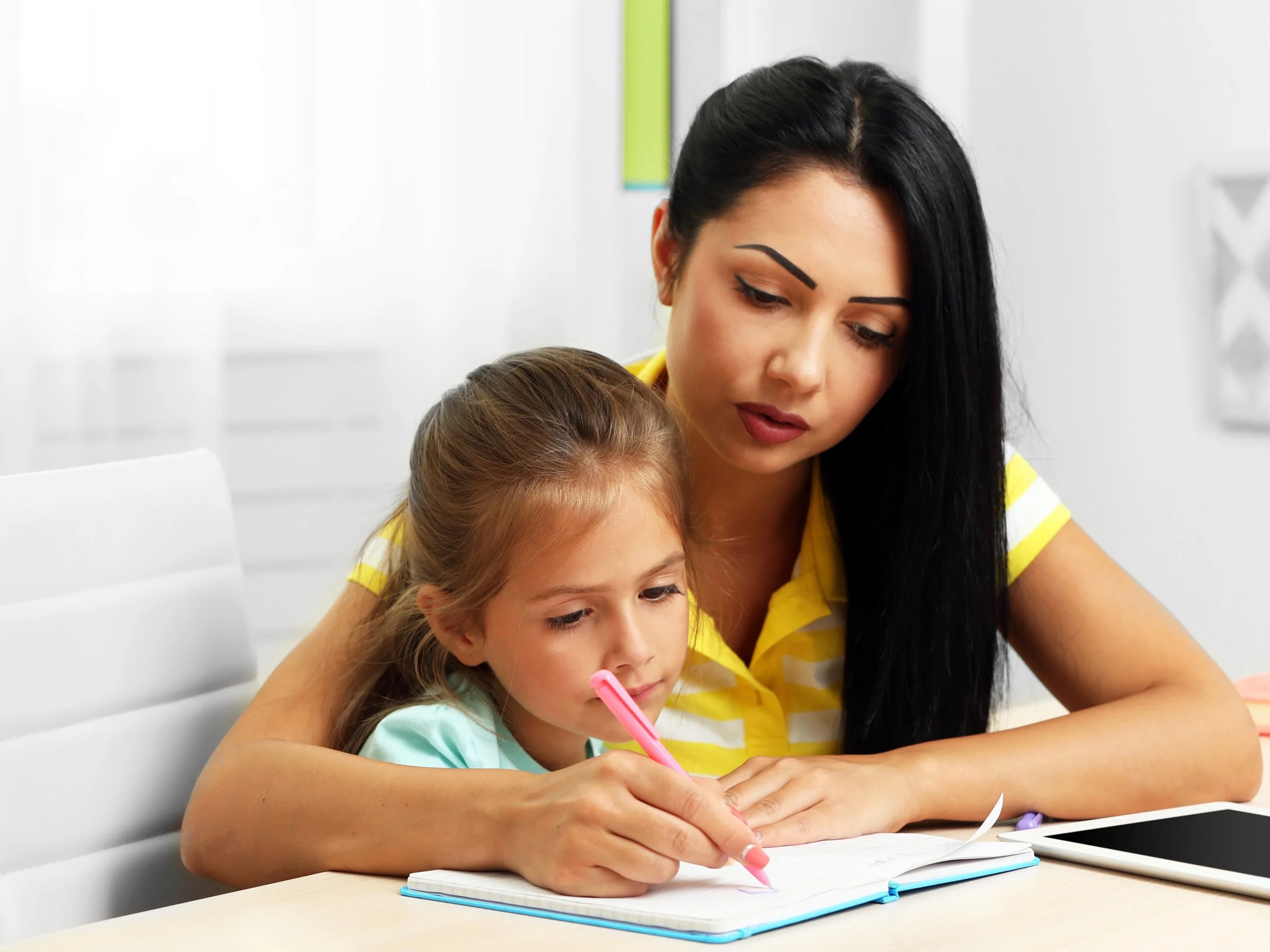Shifts in parenting driven by added economic anxiety
Spending increases are highest for kids under 6 and over 18
Parents are increasing instruction time spent with young children, in part to give them a leg up on other kids. (Shutterstock)
By Ted Cox
Social changes in parenting are being increasingly driven by economic anxiety, according to a story printed this week in The New York Times.
The Times reported what most parents already know: they’re spending more time with their children, and more money on their educational development, than their own parents did.
But the reasons behind that are shifting. According to the story, parents began noticeably increasing the time spent with children in the ‘80s, when “helicopter parenting” was a trend, driven by concerns about child safety. But in the last couple of decades parents have been spending more time, and more money, on their kids’ educational development, in a bid to give them a leg up on others.
The story points out that the trend toward “intensive parenting” is largely driven by projections that, for the first time perhaps in U.S. history, kids born since 1980 are not expected to make more than their parents.
Parents are investing increased time and attention on their kids in concerns over achievement rather than child safety. They’re also investing more money in their kids, with the story reporting that the largest increases have come for kids under 6 and over 18.
That was confirmed in a study from last year showing that Illinois parents were spending almost as much for a child in preschool as for tuition for a student at a four-year university. The study found the annual average cost of placing an infant in preschool is $13,413, compared to an average tuition of $13,621.
How is a parent expected to save for college when preschool costs just as much? Yet, the prevailing concern now is how can a parent not invest that money in a preschooler and yet still expect a child to achieve in school and later in life?
The Times story also points to lack of government support for programs for working families, such as parental leave, flexible spending, and preschool.
Gov. Bruce Rauner sewed chaos in the state’s preschool program. By contrast, Gov.-elect J.B. Pritzker has said the state could ultimately save money by investing in preschool education, preparing kids better to enter elementary school.
Parents who can spend more on their children’s education are doing so to give them advantages. (Shutterstock)
According to the Times, the phenomena noticed in the “intensive parenting” trend are “largely fixtures of white middle-class American culture” — of expecting your kids to be better off than yourself, or at least to maintain status and secure employment — but they’ve spread to all segments of society as all parents respond to what they sense as increased competition for their kids.
The story suggested that anxiety is passed down to youngsters, from their childhood through college and beyond. It pointed out that increased parental spending extended into a child’s mid-20s, as parents pay for their children’s health care, as mandated by the Affordable Care Act, or subsidize their children in low-paying entry jobs including free internships, for those well enough off to be able to do so, which in turn contributes to prevailing income inequality.
The story reported that all segments of society are spending more on education, child care, and goods for children, but the gap favoring the highest income earners rose dramatically before the so-called Great Recession 10 years ago, and has been on the increase again in the 2010s.
In response, states like Utah have passed what’s been called laws allowing “free-range” parenting, setting standards for parental behavior once taken for granted — that a child can play unsupervised in a park or walk home alone from school. But it seems clear that states and the federal government can do more to address the problems of working families than to simply allow them to spend less time and attention on their kids.


